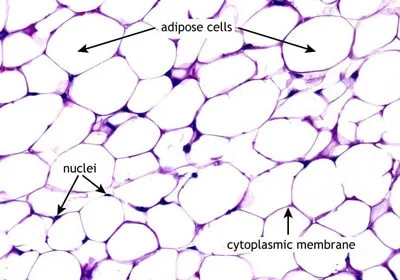
Multipotent stem cells are specific variant of stem cells that has the ability to differentiate or transform into several other variants of cells belonging to a similar family. For instance, the hematopoietic stem cells. These may develop into different variants of blood cells, forming either platelets or RBCs, but they are not capable of differentiating into neural cells.
Multipotent stem cells are a type of stem cell that has the capacity to self-renew and differentiate into a limited range of cell types. Unlike pluripotent stem cells, which can differentiate into any cell type in the body (with the exception of extra-embryonic tissues), multipotent stem cells can only give rise to a few closely related cell types.
Here’s a closer look at the characteristics and examples of multipotent stem cells:
Multipotent stem cells offer a promising avenue for therapeutic applications in regenerative medicine, transplantation, and tissue engineering due to their self-renewal capacity and potential for differentiation into specific cell lineages.
Zombie cells, also called senescent cells, are non-dividing cells that accumulate in the body due to stress or damage, resisting… Read More
Chimeric antigen receptor-T cell treatment (CAR-T cell therapy) holds immense potential to revolutionize organ transplantation, particularly for patients who struggle… Read More
In the ever-evolving landscape of nutrition science, the discourse around dietary fats has undergone significant transformation. The Regeneration Center is… Read More
New research shows that specific types of brain cells become active after brain injuries and exhibit properties similar to those… Read More
Chemokines, critical components in the immune system, are small proteins that facilitate the migration and positioning of immune cells throughout… Read More
Stem cell research examines everything from gene expression to differentiation capacities to therapeutic potentials. With such diverse data types and… Read More